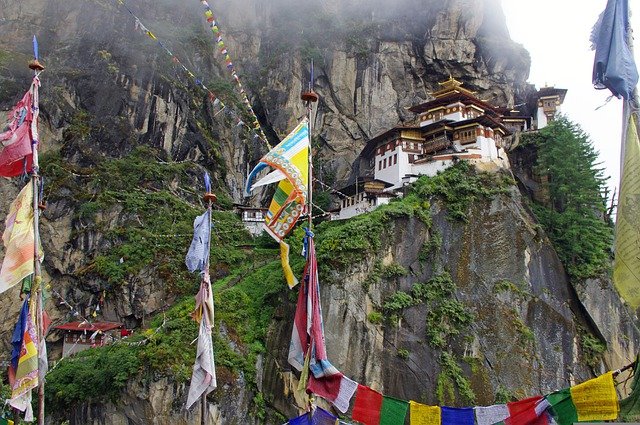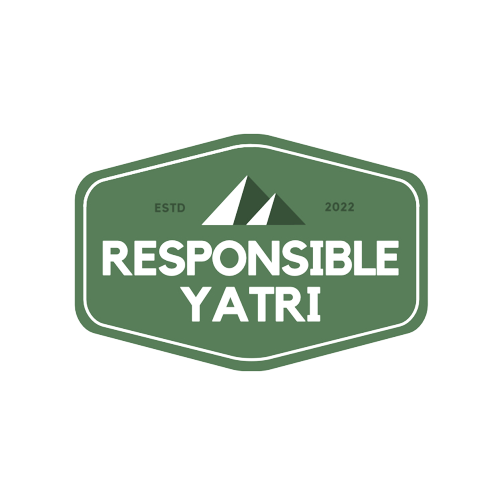Bhutan emerged out as World’s first carbon negative country. It is a small land-locked Himalayan country situated between India and China. It has a population of over 820,000 people. This country aims to remain carbon neutral / carbon negative now and forever.
‘Carbon Negative’ is a means that the amount of greenhouse gas pollution is negative. In the layman language, it means the amount of carbon dioxide this country produces is offset by its forests and green lands and is negative when calculated, due to generation and export of sustainable and renewable energy.

The recent figures show that Bhutan generates about 1.1 million tonnes of CO2 i.e. Carbon dioxide. The area of forest is so much that it suppresses the amount of Co2 produced. Apart from this, Bhutan also extensively exports most of the renewable electricity that is generated, which results in giving the status of Carbon Negative country to Bhutan.
Bhutan has been recognised as small, environment-friendly and non-industrialised nation which is an inspiration to the world.
Holistic View of Development:
This is a very lesser known fact about Bhutan. Most of the countries use the Gross Domestic Product Index to measure the development but Bhutan has a holistic view for development and uses Gross National Happiness Index to measure the development. This vision intends to enhance the well-being and happiness of the people in the country in all the aspects – economically, social-culturally and environmentally.
This not just helps in recognising the economic growth of the nation and helps people understand the value of culture and environment as well.
Focus on Grassroots Empowerment:
Large forests of Bhutan are categorised as the protected areas which is the core of maintaining the carbon neutral strategy of the nation. Approx. 58% of the country’s land remains under forest cover for the all the time. Currently, 81% of Bhutan is forest and more than half part of the country is protected as nature reserves, national parks and wildlife sanctuaries. The interesting fact about this is that all of these nature reserves, national parks and wildlife sanctuaries are collected by a network of biological corridors.
Resources are also provided to help the local communities who live and manage in the parks, the forests and the sanctuaries and help adapt to climate change and live harmoniously with the environment. This helps to prevent poaching, hunting and mining in the parks as well.
Renewable Energy and Sustainability:
Bhutan is committed to renewable energy and sustainability. It utilises its river resources to generate large amount of renewable hydro energy. The government of Bhutan has also committed to environment protection which is evident with their investment in sustainable means of transport and their vision of provision of providing free electricity to rural farmers.
Tourism Practices:
Bhutan charges sustainable development fees from the tourists. The sustainable development fee for Indians is $15 (approx 1200 rupees) per day per person while it is $200 for other nationalities. This not just helps in the sustainable development of the country but also control the frequency of tourists which will automatically reduce the pollution. The country also has strict and environment-friendly rules for the tourists and support the idea of responsible tourism in all ways.
Though the country is small in area and number of population is low as compared to India and China, but surely has given the world many ideas to get inspired in many ways and take a step towards becoming a carbon neutral country.
Also read:

Leave a Reply